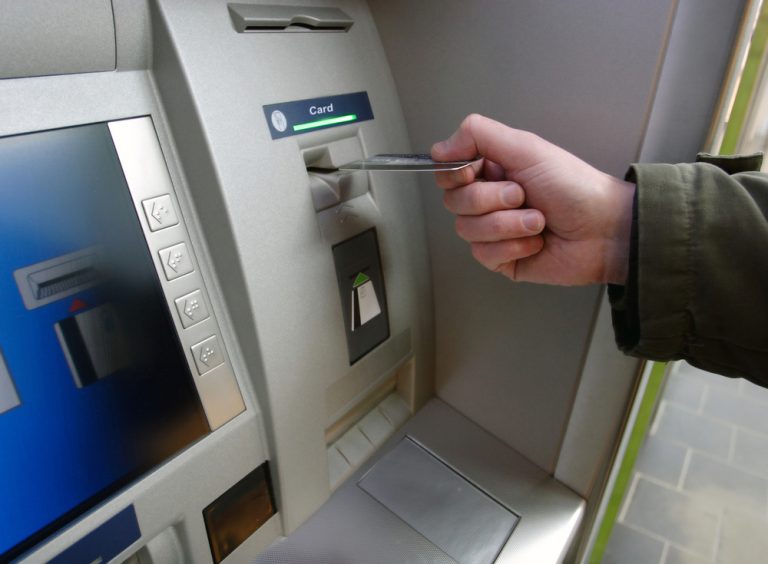As the year begins, the U.S. economy is witnessing a tale of two consumers. On one hand, lower-income earners are tightening their spending, focusing primarily on essentials. On the other hand, wealthier consumers are continuing to spend freely, indulging in dining out, luxury travel, and other perks. This divide has become increasingly evident, especially in the first-quarter results from major U.S. credit card lenders.
Disparity in Spending Habits
The effects of President Donald Trump’s trade policies have rippled through the economy, raising concerns about the potential impact on consumer sentiment. While overall spending remains strong, signs of stress are beginning to show among economically vulnerable groups.
Strained Spending for Lower-Income Consumers
At Synchrony, which provides store cards for retailers such as Lowe’s and T.J. Maxx, spending fell by 4% in the first three months of the year. This decline reflects the cautious approach taken by lower-income consumers who are increasingly reining in discretionary spending. In contrast, affluent cardholders are spending freely, especially on experiences like dining and luxury travel.
Luxury Spend Continues for Wealthier Consumers
Companies like American Express and JPMorgan Chase, which cater to wealthier customers with higher credit scores, reported a 6% increase in spending during the same period. American Express customers spent 7% more on dining and 11% more on first-class and business-class airfare compared to the previous year. These figures illustrate the ongoing trend of affluent consumers maintaining their high-spending lifestyles.
The Effect of Inflation and Tariffs
Synchrony CEO Brian Doubles noted that while consumers overall are still in “pretty good shape,” they are becoming more selective with their spending. Lower-income cardholders, in particular, began reducing their expenditure a year ago as inflation eroded their buying power. This shift is becoming increasingly evident in spending patterns across the nation.
Rising Debt and Minimum Payments
The trend of growing debt continues, with more Americans making only minimum payments on their credit cards. According to the Federal Reserve Bank of Philadelphia, the share of credit card users making minimum payments rose to 11.1% in the fourth quarter of 2024, marking the highest level in 12 years.
Wealthier Customers Remain Resilient
Despite concerns over tariffs, inflation, and the possibility of a recession later in 2025, credit card lenders serving wealthier customers have largely been insulated from these issues. “The high end has held up better, and the low end has pulled back more,” noted Brian Foran, an analyst at Truist. This division in spending behavior is a key theme in the consumer and retail sectors.
Shift Towards Essentials
The trend is also apparent at Citigroup, where spending in the division that provides cards for retailers fell by 5%. In contrast, spending on Citigroup’s own-brand credit cards, which are used by wealthier customers, rose by 3%. The shift in consumer behavior is toward essentials, with many concerned that tariffs could raise prices for certain goods. However, the demand for essentials may weaken in the future as inflation continues to affect consumer choices.
Shifting Preferences in Consumer Goods
At Bread Financial, another provider of store and co-branded cards, consumers are increasingly prioritizing purchases of electronics, home furnishings, and auto parts. Bread’s CFO, Perry Beberman, explained that while consumers may choose to invest in home essentials now, the future impact of inflation on discretionary spending, such as big-ticket items like electronics, remains uncertain. “That’s the real wildcard here,” Beberman said.


